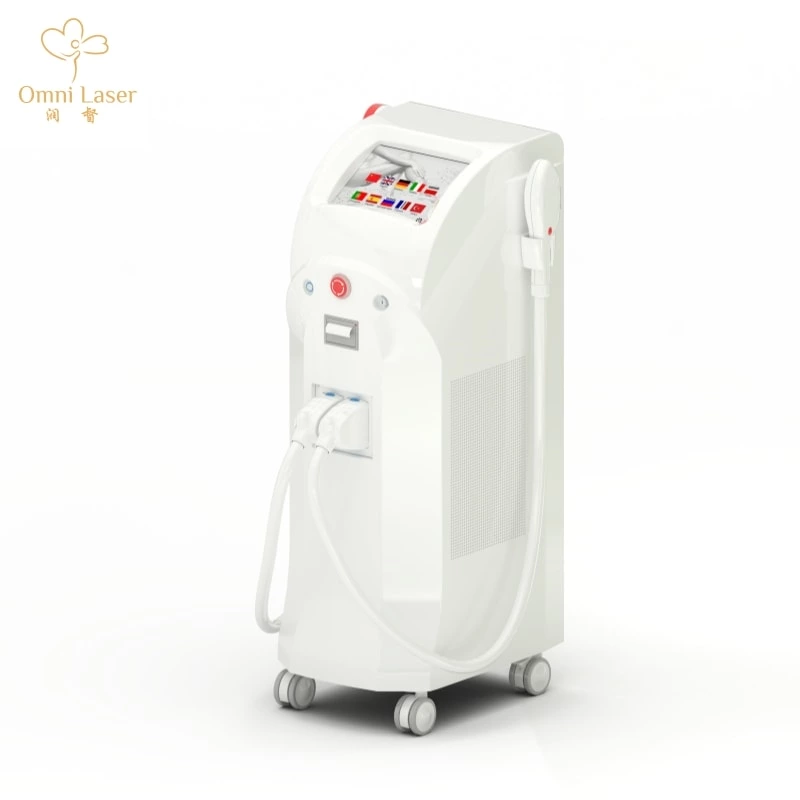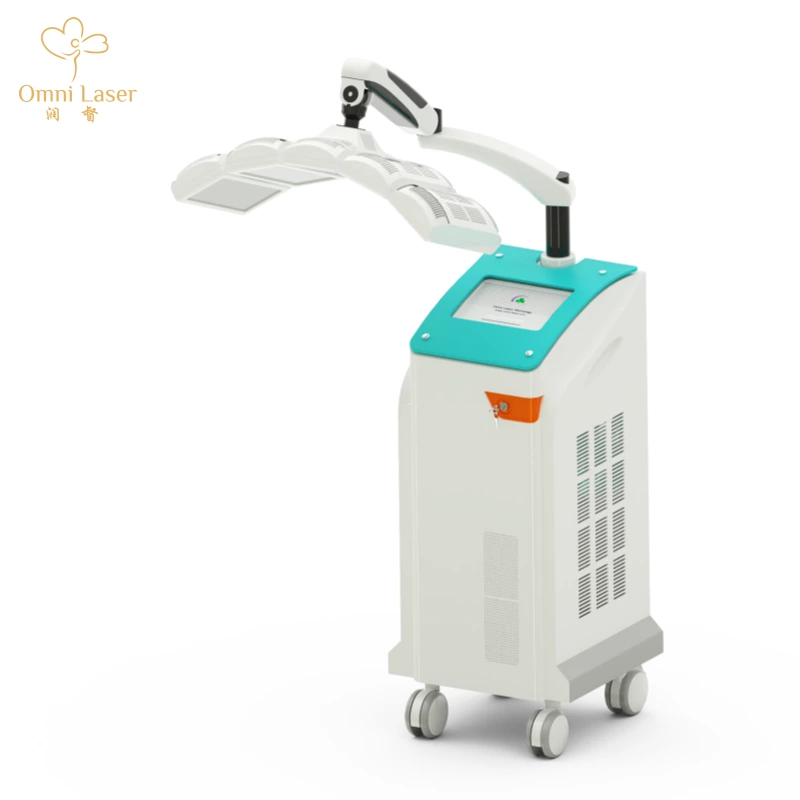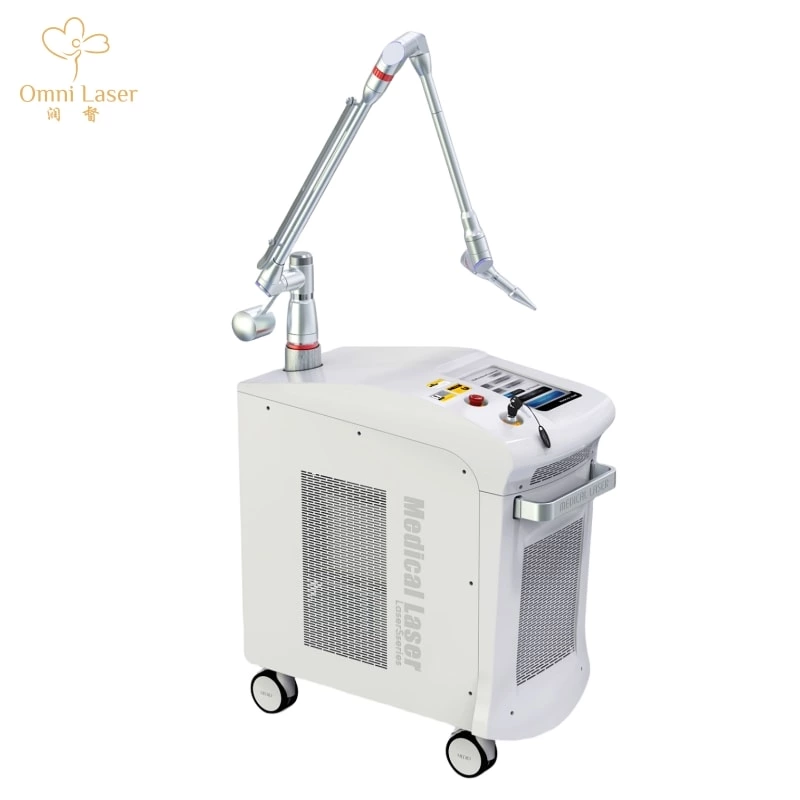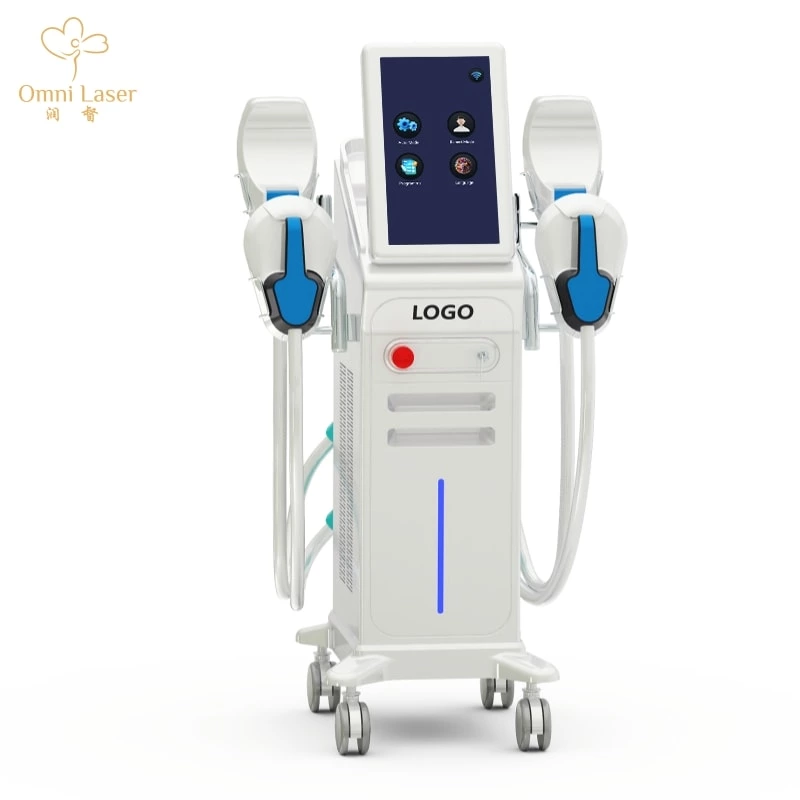Injury Prevention for Sport Cat/Dog/Horse
Introduction
Preventing injuries in athletic pets requires a proactive approach that combines routine care, appropriate training techniques, and advanced therapeutic technologies. This article provides an overview of effective injury prevention strategies for sports cats, dogs, and horses, with a particular emphasis on the role of therapeutic ultrasound and CET machines in rehabilitation.
Understanding the Needs of Athletic Pets
-
Cats: While less common in competitive sports, athletic cats can suffer from injuries due to their agility and high activity levels. Injury prevention involves proper training, conditioning, and regular check-ups.
-
Dogs: Sporting dogs, such as those participating in agility or field trials, are prone to specific injuries. Preventive measures include tailored exercise routines and injury prevention programs.
-
Horses: Equine athletes, including those in racing or jumping events, face significant injury risks. Prevention strategies focus on conditioning, proper shoeing, and regular veterinary care.
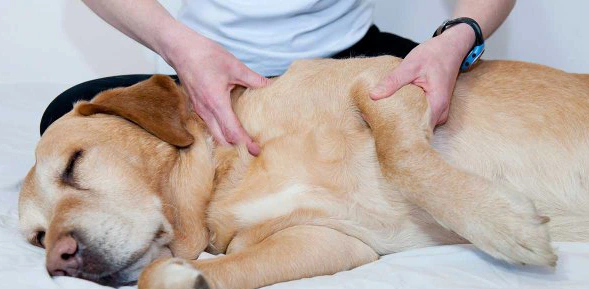
Use of Therapeutic Ultrasound in Pet Rehabilitation
Therapeutic ultrasound is a non-invasive treatment that uses sound waves to promote healing and reduce inflammation. In the context of pet rehabilitation, this technology can be particularly beneficial:
-
Benefits for Cats, Dogs, and Horses: Therapeutic ultrasound can accelerate tissue repair, decrease pain, and improve circulation. It is often used in conjunction with other treatments to support recovery from injuries.
-
Application Techniques: The ultrasound device is applied to the affected area, delivering sound waves that penetrate deep into tissues. The procedure is generally safe and well-tolerated by pets.
-
Case Studies: Numerous case studies have demonstrated the effectiveness of therapeutic ultrasound in treating injuries such as muscle strains and joint issues in pets.
CET Machines in Injury Prevention and Rehabilitation
CET (Capacitive and Resistive Energy Transfer) machines are another advanced tool used in pet rehabilitation. They offer several advantages:
-
How CET Machines Work: CET machines use electrical currents to stimulate tissue healing. This technology can address both superficial and deep tissue injuries.
-
Applications for Cats, Dogs, and Horses: CET machines are effective for treating a range of conditions, from muscle strains to joint pain. They can be integrated into regular rehabilitation programs to enhance recovery outcomes.
-
Evidence of Efficacy: Research and clinical practice have shown that CET machines can improve mobility and reduce pain in athletic pets. They are increasingly used by veterinary professionals to support rehabilitation efforts.
Integrating Preventive Care and Advanced Therapies
-
Routine Check-Ups and Monitoring: Regular veterinary check-ups and monitoring are essential for early detection of potential issues. Combining these with advanced therapies can help maintain peak performance and prevent injuries.
-
Customized Rehabilitation Programs: Developing a tailored rehabilitation program that incorporates therapeutic ultrasound and CET treatments can provide comprehensive care and improve recovery times.
-
Owner and Trainer Education: Educating pet owners and trainers about injury prevention strategies and available therapies is crucial for maintaining the health of athletic pets.
Conclusion
Injury prevention for sport cats, dogs, and horses involves a multi-faceted approach that includes proper care, training, and the use of advanced therapeutic technologies. Therapeutic ultrasound and CET machines represent valuable tools in the rehabilitation process, offering significant benefits for recovery and injury prevention. By integrating these technologies with preventive care practices, pet owners and trainers can enhance the overall health and performance of their athletic pets.
by Laurinda


